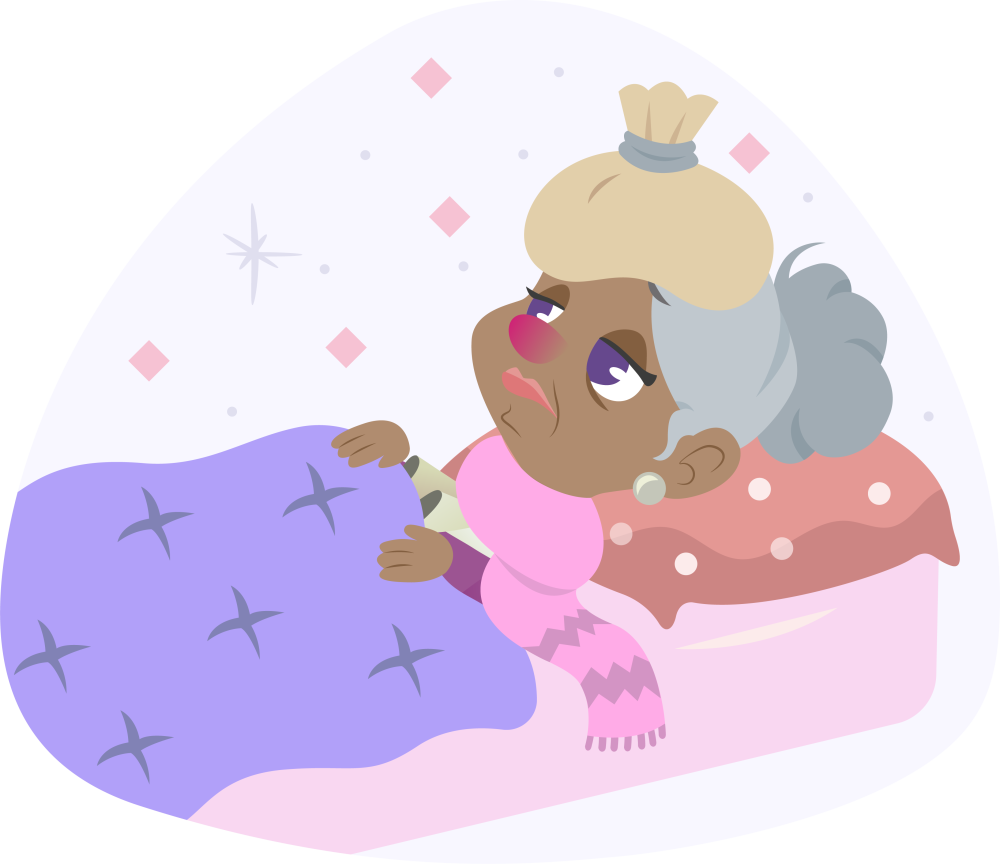Hi There,
We got such great feedback on our Halloween experiment last week that we’re sharing another timely experiment, and this time we’re talking about germs and viruses.
This can be a tricky topic with kids, because famously, you can’t see germs. They’re invisible, like ghosts and people that don’t like the Toy Story movies.
What these experiments do is try to show not just how to get rid of germs, but how they spread. And maybe it’ll help you teach your child how to set a table for a meal. Win-win, amirite?
If you’ve been reading for awhile, you know our experiments always start with a story:

After having a couple friends over for (a socially distanced) dinner, Mrs. Noblegas isn’t feeling well! She has a fever and is very tired. She caught a germ!
We need to find out how she got it, so she can make sure it doesn’t happen again!
Supply List
Table settings (a plate, bowl, spoon, fork, and knife for each family member)
An extra plate
~50ml of glitter
Hand lotion
A magnifying glass
Disposable gloves (optional — to keep glitter off your hands)
Experiment
Observe your hands closely, using the magnifying glass as well as the naked eye. Ask your little scientist if they see germs. Ask them ttudy the grooves and folds of their hands.
Interpret that germs are so small that they can’t be seen. Communicate about the nature of germs, and that many germs are good.
Present the glitter as harmless germs.
Observe the glitter germs, and describe them. What do they look like? Notice that they can be seen.
Let’s study how these glitter germs can spread!
Measure one tablespoon of glitter germs to the extra plate, and add some hand lotion. Mix them together.
Rub some of the lotion-glitter mix into your hands. Observe your hands. Observe where the glitter gets stuck.
Phase 2: Set the Table
Now, with your dirty glitter-germ hands, set the table as if you’re getting ready for a dinner party! The exact supplies aren’t important, let your scientist set the table as they thing is best.
When the setting is done, observe the plates, bowls, and cutlery. Have any germs moved to the table settings?
Ask the scientist to touch an object that doesn’t have any germs. Observe the object and the hand used to touch it. Interpret what happened to the germs — germs can pass from hands to objects.
Predict what happens when you shake hands or use a public doorknob.
Explain that germs are tiny, invisible travelers that attach themselves to our skin, and then can jump to the things we touch.
Finally, wash your hands — Observe what happened to the germs? Conclude that you can get rid of germs with soap.
It’s important to note that glitter is nearly indestructible and can clog drains, so it’s best to wash your hands in a bowl and filter the water, if possible.
That’s all for this week! Remember to tag us on Facebook or Instagram @kidescience if you do the experiment, we love to see science in action!
Happy Experimenting,
The Kide Science Team
